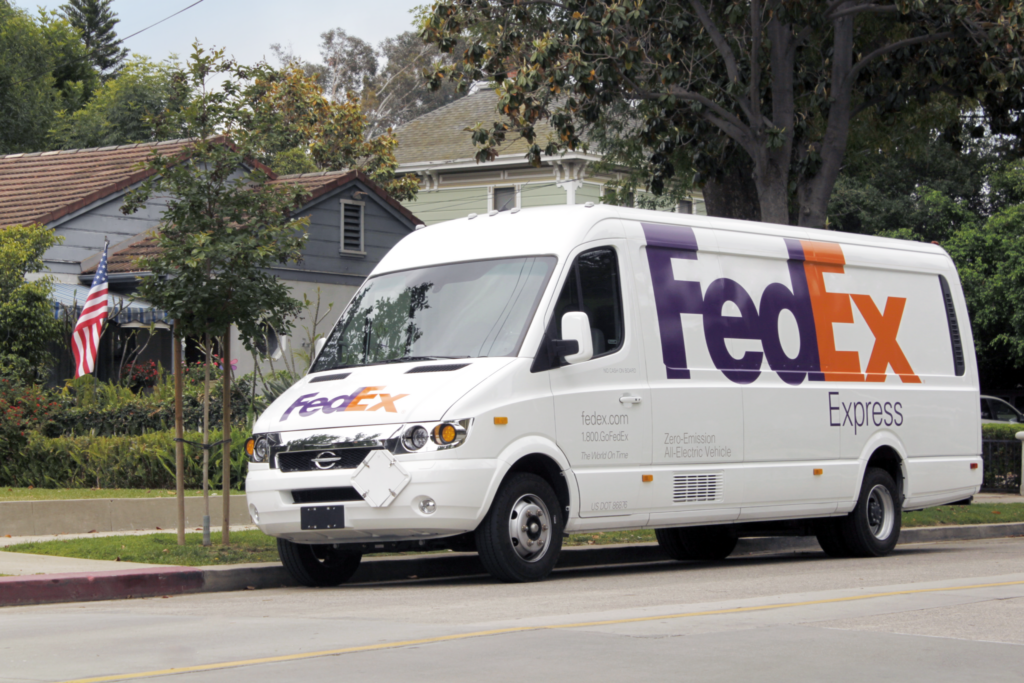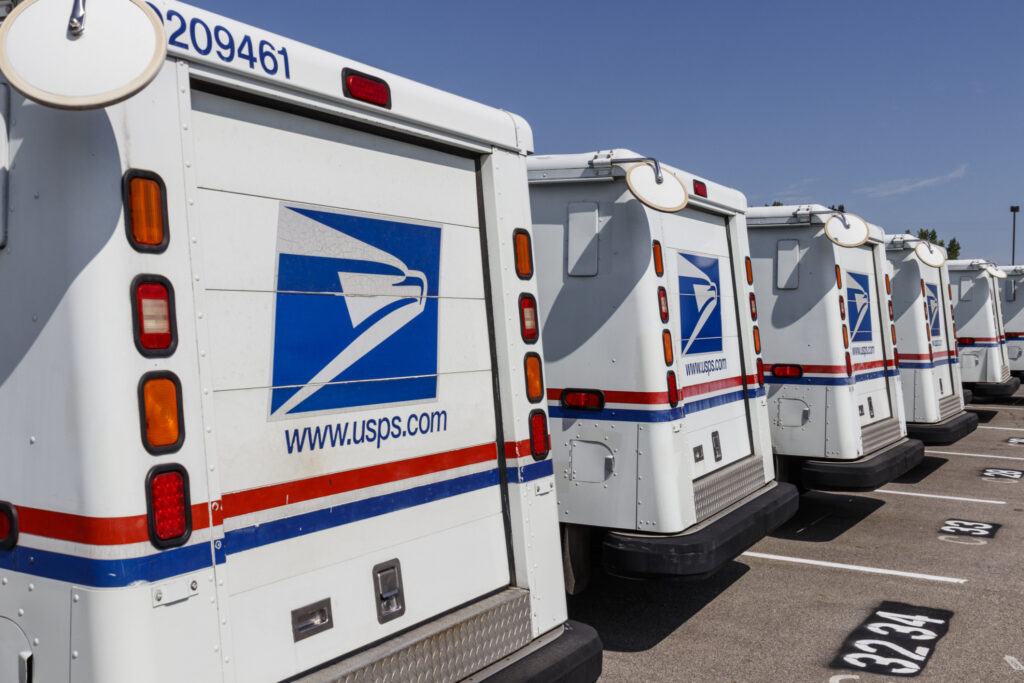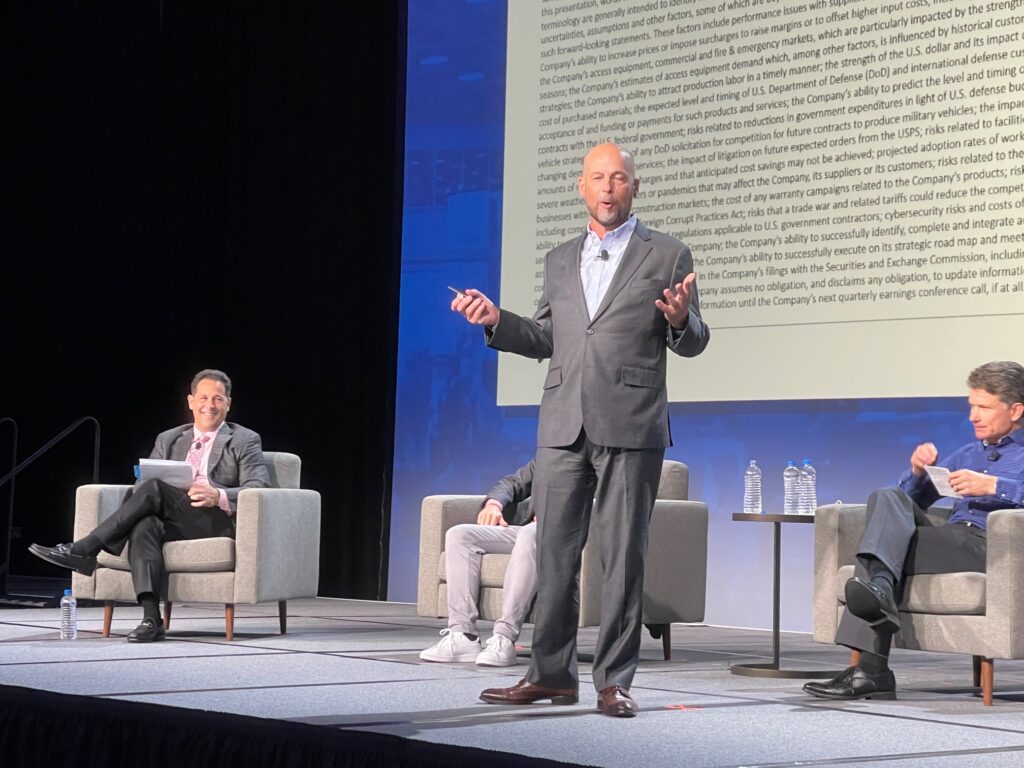Final Mile fleets eye electric vehicles, but charging infrastructure ‘elusive’
Some of North America’s largest Final Mile delivery fleets are clearly looking to become early adopters of the electric vehicles that promise to keep emissions in check. And that’s no small market, with e-commerce generating a staggering US$4 trillion in revenue in 2020.
For its part, FedEx recently announced a corporate commitment to be a completely carbon-neutral company by 2040. But, as chief engineer – global vehicles Boris Kort-Packard explained during a panel discussion at ACT Expo, that means the global business needs to move aggressively to electrify its Final Mile operations now.

“Our e-commerce business has exploded. We are moving 19 million shipments every day. But it’s very hard for us to reduce aircraft emissions. It can be done with new green biofuels. But it will take time,” he said. “What we can do today is to start to employ green delivery systems like electric delivery bikes as well as electric vans and trucks up to Class 7 to reduce our carbon footprint.
“Our focus now is to understand these new technologies so we can help get them to scale and be successful using them worldwide.”
It’s really whole new world for fleets, Kort-Packard added, referring to cargo bikes in cities like Toronto and Montreal, as well as London, Paris, and New York. But bikes are just a niche. They work well in some markets, not at all in others.
“We understand that we have to have a whole new range of electric vehicle options to deliver the Last Mile of the near-future. And we must have a whole new range of technologies to do so,” he said.

Oshkosh, meanwhile, has secured a contract to supply the U.S. Postal Service (USPS) with a fleet of electric vehicles. “The goal is to make the USPS — one of the largest, if not the largest fleet in the world — a 100% zero emission agency over the course of that 10-year contract,” said Oshkosh president and CEO John Pfeifer.
That work will deliver downstream benefits, developing technologies and accelerating the adoption of electric vehicles by private fleets, he added.
The ‘elusive’ charging network
Of course, electric vehicle charging infrastructure remains a huge stumbling block for electric commercial vehicles in North America.
Cathy Zoi, president and CEO of EVgo, said that fleets need highly flexible and reliable power grid networks that can accommodate a host of different charging requirements. She noted that fleets have options for charging solutions at their base of operations, as well as either dedicated or shared hub stations away from that base, although a widespread public charging network remains elusive.
“You need to get as equally excited about your charging network as you are about your new electric trucks and vans,” she said. “That means beginning research the minute you decide to purchase electric vehicles.”
Taken as a whole, Zoi said, the total cost of ownership (TCO) is already starting to favor electric delivery vehicles along Last Mile routes. “Battery costs are coming down,” she said. “And in high-mileage applications, electric wins the TCO comparison now.”

But she cautioned that each fleet will require a different mix of charging solutions to support those vehicles. “Some fleets running one shift of trucks may only need one set of chargers,” she explained. “But another may need two sets of chargers and fast-charging capabilities. And other fleets may need access to remote, fast-charging stations to give its trucks the range they need to complete their routes and return to base at night.”
In many cases, Zoi added, constructing electric infrastructure can be both time-consuming and costly. “You’re looking at anywhere from 10 to 24 months of preparation before you get to the construction phase of installing your electric infrastructure. And actual construction can last between four to eight weeks. You’re going to have to deal with transformers, service upgrades, landlord easements, and lawyers. It’s not scary. But nobody is used to this yet. You may find yourself dealing with the same guy in your town who issues permits for the parking meters in front of the local library, or the county architect. That sort of thing will be brand new for a lot of fleets.”
Not every electric utility is excited
Zoi said fleet managers need to understand that not all electric utilities are excited about electric vehicles, because of the strain they will put on the existing grid. Eventually, the large-scale deployment of electric cars and trucks will force them to spend millions of dollars to overhaul and upgrade power networks.
“The good news electric vehicles and infrastructure are key components in the Biden Infrastructure Bill pending in Congress,” Zoi added. “So we now have a national aspiration pushing adoption of electric vehicles. So hopefully reluctant power companies will understand they need to staff up for what’s coming, and understand they need to be partners with fleets in this new technology.”
“The regulations and incentives coming out of California help a lot, too,” Kort-Packard added. “They drive a lot of development, interest and purchases, which helps us build a business case for fleet density. It’s a good, safe environment to learn about electric trucks in. And, as time goes on, we’ll get better ideas about how to work on infrastructure, route management and other issues.”
The transition to electric vehicles marks an exciting time for the trucking industry, he added. “But that’s just one part of what’s happening right now.
“Fleets need to keep an eye on other important emerging technologies such as machine learning and artificial intelligence and, of course, autonomous vehicles. It’s still early, but those things are coming. We are in a transition stage now with all this technology. But we are all building a roadmap that will make us smarter and more efficient than ever over time.”
Have your say
This is a moderated forum. Comments will no longer be published unless they are accompanied by a first and last name and a verifiable email address. (Today's Trucking will not publish or share the email address.) Profane language and content deemed to be libelous, racist, or threatening in nature will not be published under any circumstances.
Many places do not have the extra capacity. In Henshall co op put in diesel generators for corn dryers for peak times of day instead of buying power.